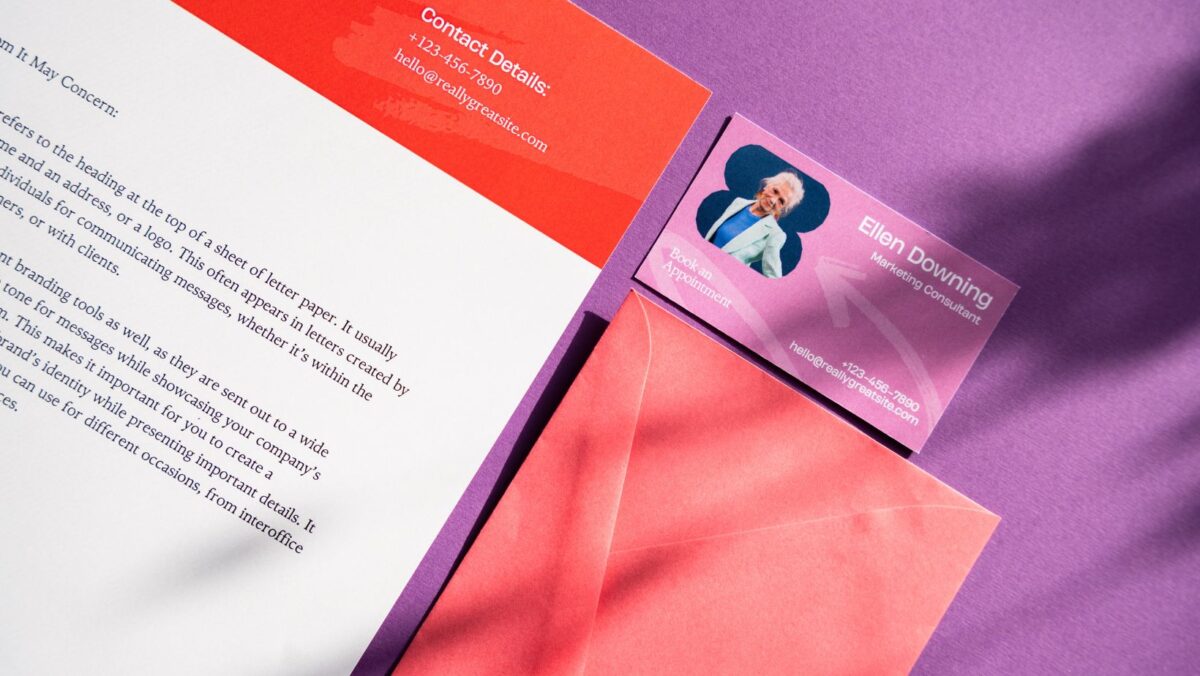How to Present Portfolio
When it comes to showcasing your work and skills, having a well-presented portfolio is crucial. As a seasoned professional in my field, I have learned the importance of a strong portfolio and the impact it can have on potential clients or employers. In this article, I will share my expert insights and tips on how to create and present a portfolio that effectively highlights your talents and sets you apart from the competition.
In today’s competitive job market, a visually appealing and well-organized portfolio can make all the difference. As someone who has reviewed countless portfolios, I have seen firsthand how a carefully curated collection of work can leave a lasting impression. In this article, I will guide you through the process of selecting the right pieces, arranging them in a cohesive manner, and presenting them in a way that captivates your audience.
Choosing the Right Format
When it comes to presenting your portfolio, choosing the right format is crucial. It not only affects how your work is perceived but also determines how effectively you can showcase your skills and stand out from the competition. In this section, I’ll discuss three popular formats: physical portfolios, digital portfolios, and online portfolio platforms.
Physical Portfolio
A physical portfolio is a tangible collection of your work that you can present in person. While digital portfolios have become more common in today’s digital age, there is still something to be said about the impact of a well-crafted physical portfolio. Here are some key considerations when creating a physical portfolio:
- Selecting the right materials: Choose high-quality materials that will enhance the presentation of your work. Opt for a professional-looking binder or portfolio case that reflects your style and attention to detail.
- Organizing your work: Arrange your work in a logical and visually appealing manner. Use dividers or tabs to separate different sections, making it easier for the viewer to navigate through your portfolio.
- Choosing the right size: Consider the practicality of carrying your physical portfolio. Aim for a size that is portable yet allows your work to be seen clearly. A standard 8.5×11 or 11×14-inch format is often a good choice.
Digital Portfolio
A digital portfolio allows you to showcase your work electronically, making it easily accessible to potential employers or clients. Here are some tips for creating a compelling digital portfolio:
- Design and layout: Pay attention to the design and layout of your digital portfolio. Use a clean and professional template that highlights your work without distracting elements. Keep it visually appealing and easy to navigate.
- Optimize load times: Ensure your digital portfolio loads quickly. Large file sizes can slow down the loading time, potentially leading to frustration for viewers. Optimize your images and videos to maintain a smooth browsing experience.
- Include a variety of media: Showcase your work in different forms, such as images, videos, and interactive elements. This allows potential employers or clients to see the breadth of your skills and expertise.

Organizing Your Portfolio
When it comes to presenting your portfolio, organization is key. It’s important to arrange your work in a logical and cohesive manner that highlights your skills and abilities. In this section, I’ll provide some tips on how to effectively organize your portfolio to make a strong impression on potential employers or clients.
Grouping Your Work
One of the first steps in organizing your portfolio is to group your work. This can be done based on different criteria, such as project type, industry, or medium. By grouping your work, you can create a sense of cohesion and make it easier for viewers to navigate through your portfolio.
For example, if you’re a graphic designer, you might have separate sections for logo design, branding projects, and website design. By separating your work into these categories, you can showcase your expertise in each area and make it easier for viewers to find specific examples of your work.
Sequence and Flow
The sequence and flow of your portfolio are also important considerations. You want to create a logical progression that tells a story and keeps viewers engaged. Consider the order in which you present your work and how it flows from one piece to the next.
Start with a strong and impactful piece to grab the viewer’s attention. This could be your best work or a project that showcases your unique style or skills. From there, think about how each piece connects to the next. Are there any themes or narratives that can be developed? Aim for a smooth transition between pieces to maintain a cohesive and engaging experience for viewers.

